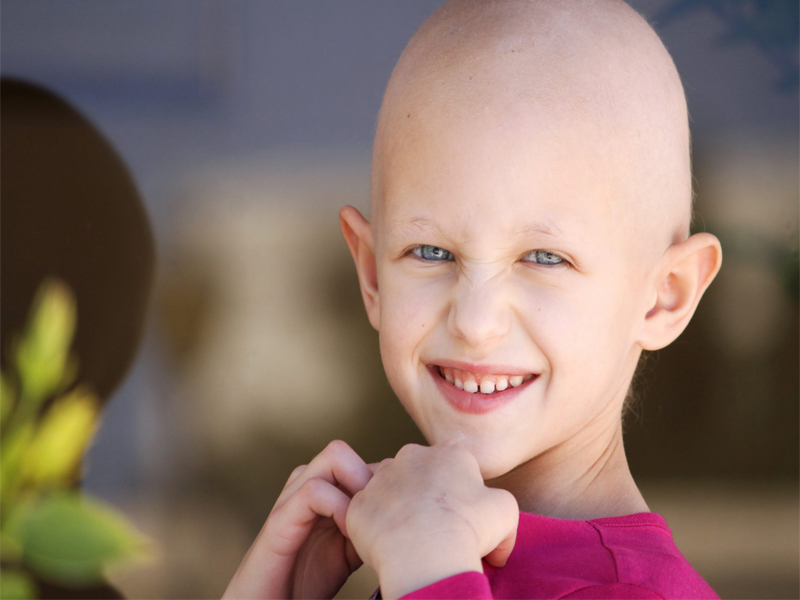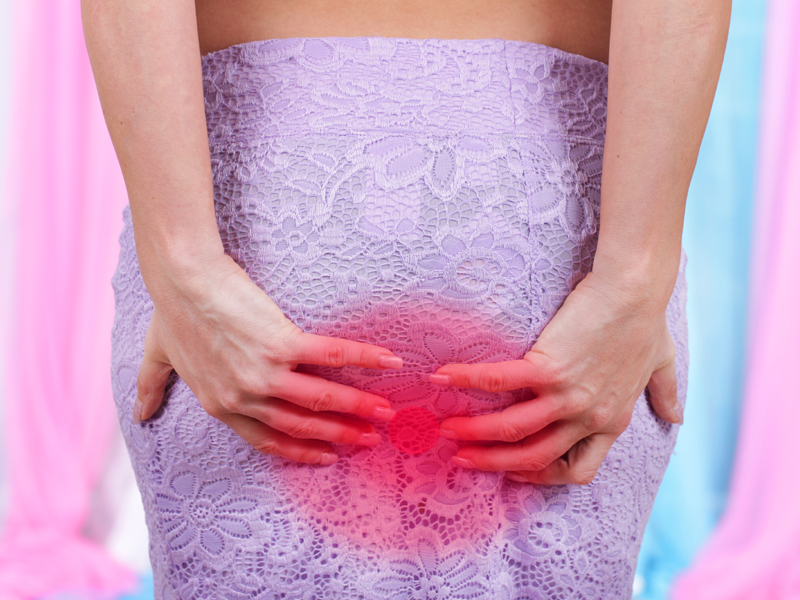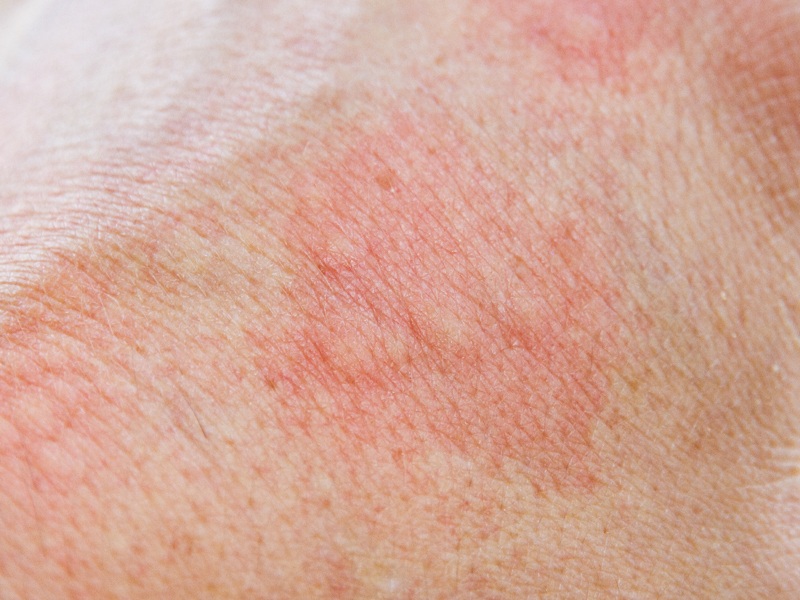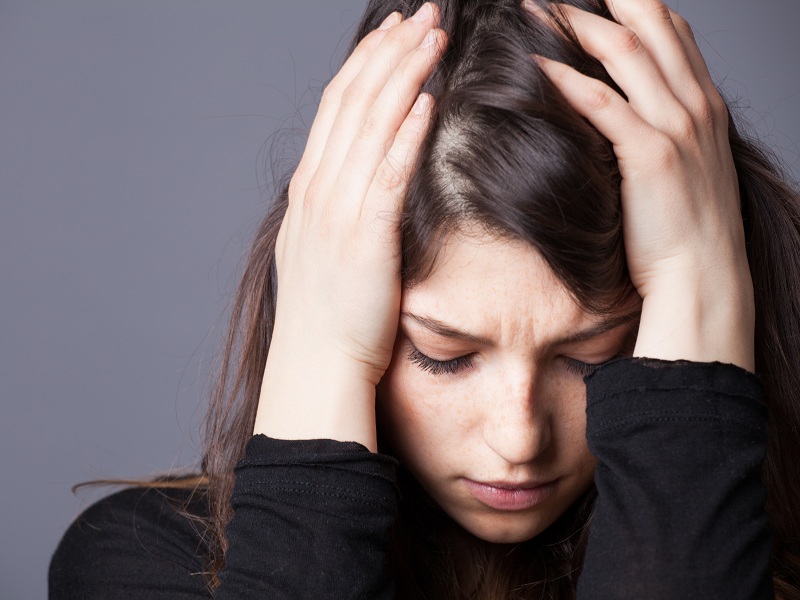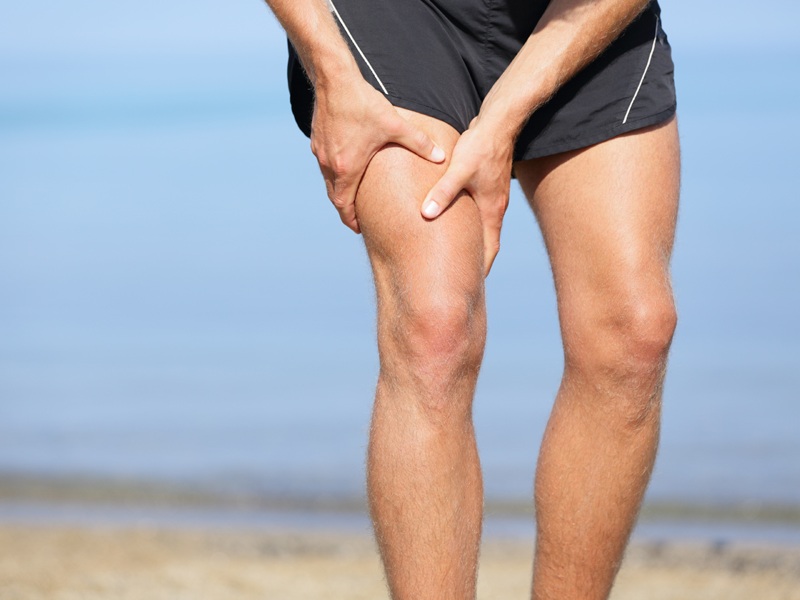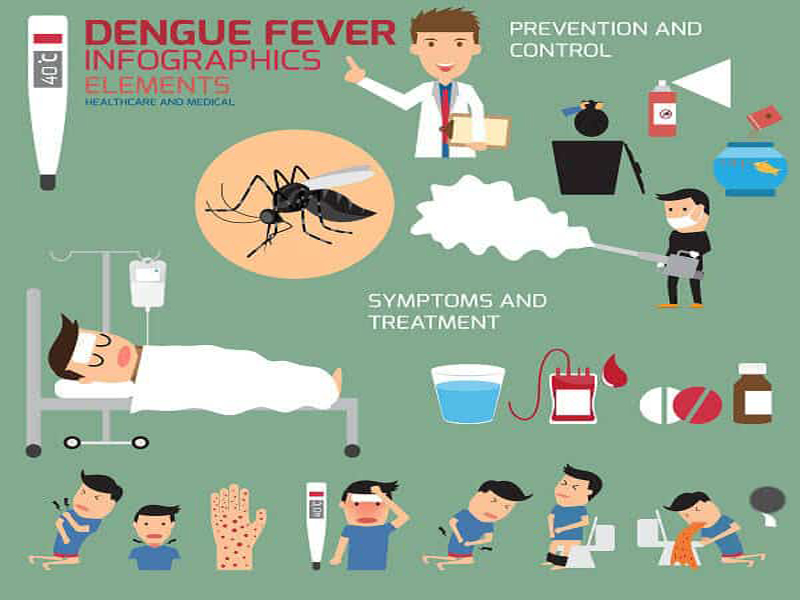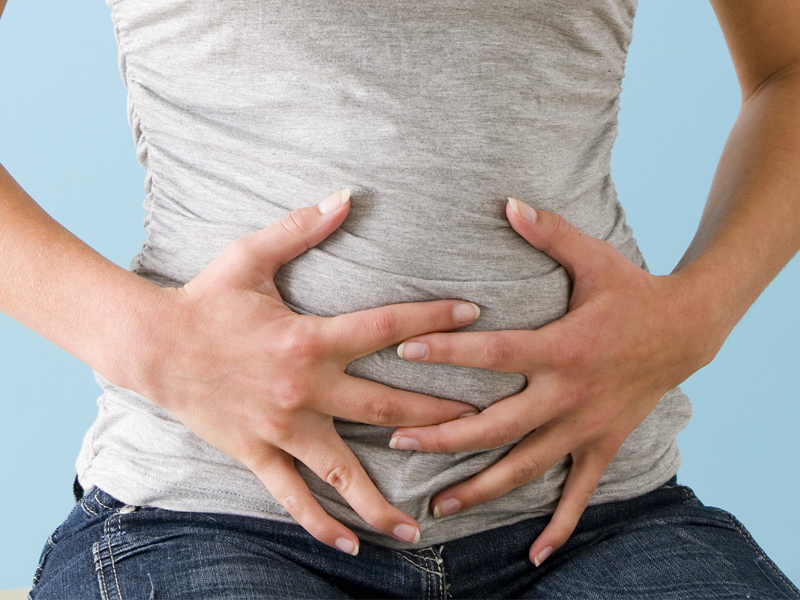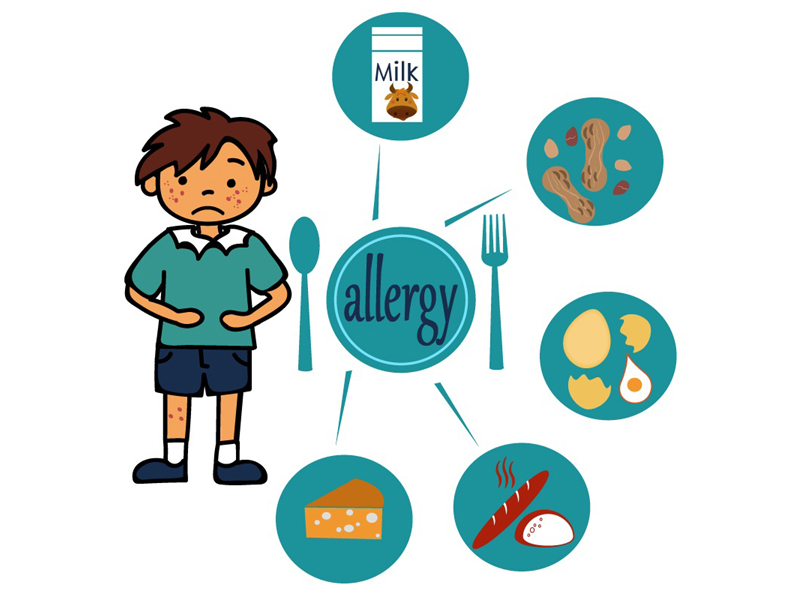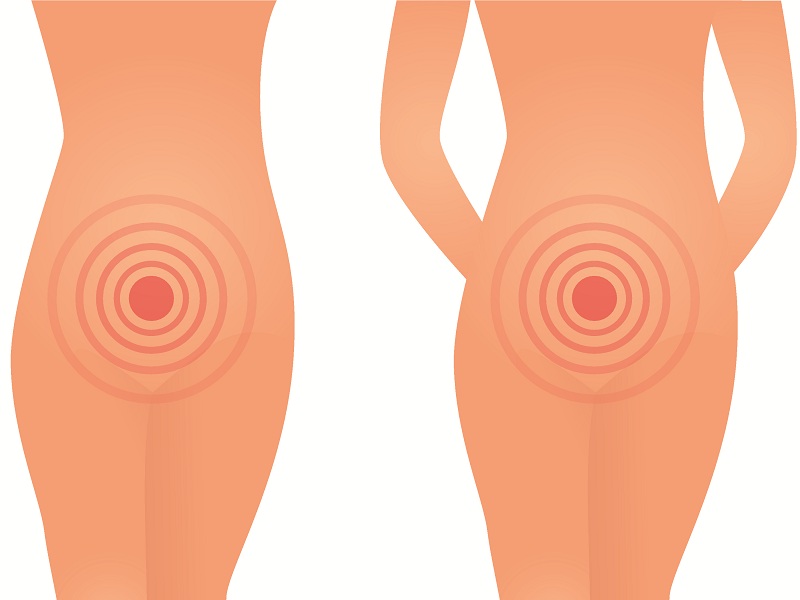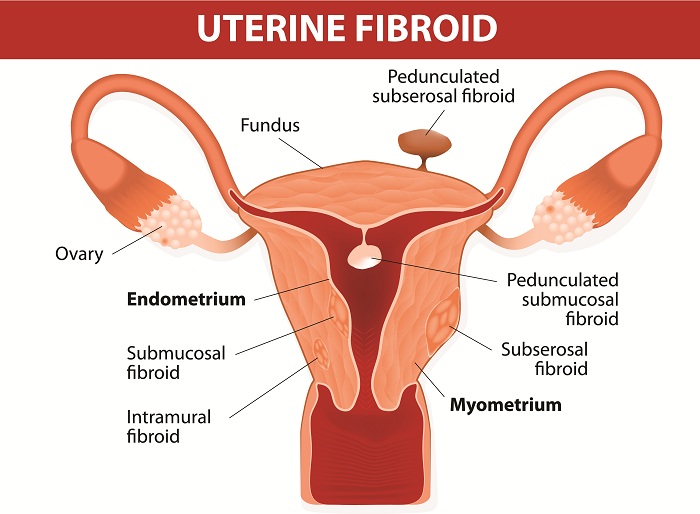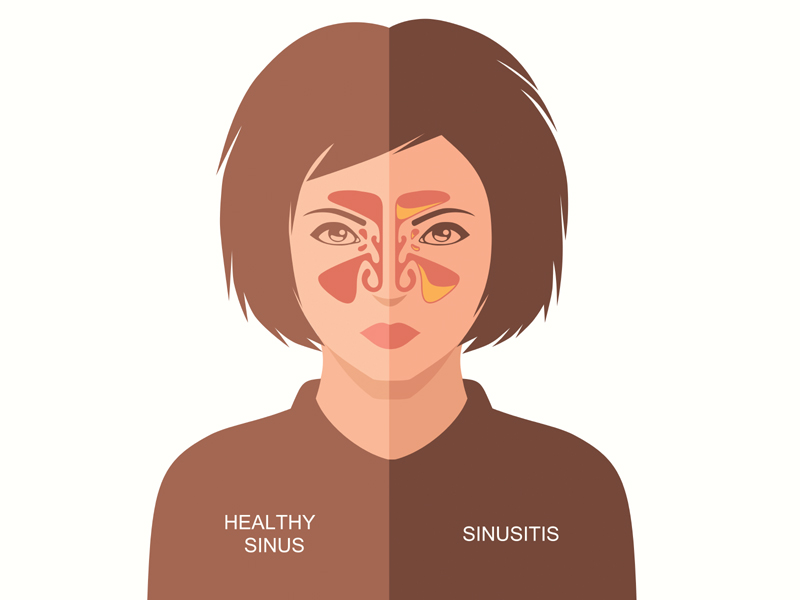What Is Malaria?
Malaria is caused by neither a bacteria nor a virus. It is caused by Plasmodium, a protozoan parasite that causes malaria. Find out more about the symptoms and causes and learn about antimalarial medication and preventive malaria treatment.
Facts About Malaria:
- Several exciting scientific challenges are presenting us with a malaria-free world and robust health and economic benefits — Global Technical Strategy and 21 countries and WHO are establishing ambitious goals and aiming to eliminate malaria by 2020. The responsibility to raise the malaria cure rate and to achieve these targets should be celebrated. (1)
- The cases recorded in India were close to 1.1 million, and the caseload has shown a declining trend of malaria infections yearly since 2002. Substantial parts of the Indian people remain vulnerable to the disease.
- World Malaria Day is remembered on April 25 each year to give people a chance to learn and promote the enormous efforts made to prevent and reduce the impact of malaria all around the world. Excellent healthcare is essential to prevent and treat diseases such as malaria. This day raises awareness of the global effort to control and eradicate malaria.
Causes Of Malaria:
The five species of plasmodium are the following,
Plasmodium Vivax:
The incubation period is 12-18 days for P. vivax. It is the deadliest of the 5 human malaria parasites. This malaria infection can end in severe disease and death, often due to splenomegaly.
Plasmodium Falciparum:
In this, the Plasmodium parasite transfers through the bite of the female mosquito, Anopheles, and causes the most dangerous form, falciparum malaria. It replicates very quickly in the blood. It causes the shape to change and makes them “sticky”.After a person gets malaria from the bite of an infected mosquito, the mosquito injects an immature form of Plasmodium parasites into the body of the host, travels through the person’s bloodstream to the liver and then grows into a mature form; this type of malaria is responsible for almost 50% of the malaria cases. The incubation period generally ranges from 9-14 days for Plasmodium falciparum. This is more virulent, and this severe malaria affects mostly children and pregnant women. The pathologies are cerebral malaria, severe anaemia, and acute respiratory distress.
Plasmodium Malariae:
P. Malaria causes the so-called “benign malaria” and is not nearly as dangerous as the others. It includes signs like a fever that tends to recur at three-day intervals. It can infect several species of mosquito, and it can cause malaria in humans. Plasmodium malaria causes chronic infection and, in some cases, can last a lifetime. Another feature to note of Plasmodium malaria is that the fever manifestations of this parasite are more moderate, and chills and nausea accompany fever.
Plasmodium Knowlesi:
Plasmodium knowlesi is a parasite that causes malaria in humans. Infected humans develop severe malaria similar to the one caused by Plasmodium falciparum. It can be both severe and uncomplicated malaria in humans. After the infected mosquito has bitten a person, the symptoms typically begin around 11 days. The parasites are seen in the blood 10 – 12 days after infection. People with uncomplicated P. knowlesi malaria often experience headaches, joint pain, malaise, and loss of appetite. Unlike other human malarias, Plasmodium knowlesi malaria tends to have fevers that spike every 24 hours and is, therefore, often called daily malaria. As the disease progresses, hyperparasitemia develops and likely causes acute kidney injury, jaundice, shock, and respiratory distress.
Plasmodium Ovale:
Plasmodium ovale is a parasitic protozoa that causes tertian malaria in humans. It is rare compared to the two parasites – Plasmodium falciparum and Plasmodium vivax and is also less dangerous than Plasmodium falciparum. The symptoms generally appear 12 to 20 days after the parasite has entered the blood. The replication cycle of the parasite lasts approximately 49 hours, causing tertian fever, which spikes roughly every 49 hours. Sometimes, the relapse may occur up to 4 years after infection.
Symptoms Of Malaria:
Treatment of symptoms of malaria in infants less than 12 months of age and newborns is very challenging. It requires utmost care, as they are one of the most vulnerable groups that are affected by malaria. During pregnancy, malaria infection in a mother can lead to low birth weight and sometimes even result in infant death. Malaria symptoms typically appear 6 to 30 days after infection. Symptoms may take up to 12 months to show. The signs and symptoms of malaria in children below 5 years of age are:
- Fever
- Chills
- Headache
- Nausea
- Vomiting
- Diarrhea
- Extreme weakness
- Muscle pain
- Malaria fatigue
- Coughing
- Confusion
See Also: Natural Remedies To Treat Malaria
Malaria In Pregnant Women:
Malaria is a significant health problem during pregnancy. Causes of Malaria in pregnancy is caused by the bite of an infected Anopheles mosquito, and the infection in pregnant women is connected with high risks to the mother and the unborn child. Malaria infection during pregnancy has adverse effects on both mother and fetus, including maternal anaemia, premature delivery, fetal loss, intrauterine growth retardation, and delivery of low birth-weight infants, a risk factor for death. (2) Pregnant women have reduced immune response and less effectively clear malaria infections. Besides, malaria parasites separate and replicate in the placenta.
Pregnant women are more likely to experience severe disease than non-pregnant women. Only Anopheles mosquitoes can transmit malaria. Malaria may also be transferred from a mother to her unborn child before or during delivery as in “congenital” malaria. Anti-malaria medicines can be safely taken during pregnancy, but strictly under doctor’s advice only. During early pregnancy, the risk of miscarriage increases, but the risk is relatively reduced with anti-malarial medicines. Some of the malaria disease symptoms are,
- Vomiting.
- Severe headache in malaria.
- Diarrhea.
- Fatigued
- Body aches.
- Kidney failure.
- Yellow skin, as a result of losing red blood cells
- Seizure.
- Confusion
Malaria In Adults:
Malaria is a life-threatening disease caused by an infected Anopheles mosquito. The mosquitoes that are infected carry the Plasmodium parasite. The parasite is released into the bloodstream when the infected mosquito bites you. Some common symptoms of malaria are,
- Shaking chills (moderate to severe)
- High fever
- Headache
- Profuse sweating
- Nausea
- Abdominal pain
- Vomiting
- Diarrhea
- Muscle pain
- Anemia
- Convulsions
- Bloody stools
- Coma
Complications Of Malaria:
Cerebral Malaria:
Cerebral malaria, the infection is a neurological complication associated with Plasmodium falciparum malaria. It is a clinical syndrome characterized by coma. When this sequestration of infected erythrocytes occurs in the vessels of the brain, it is believed to be a factor in causing severe disease syndrome known as cerebral malaria. When parasite-filled blood cells block the small blood vessels in your brain, swelling of the brain or even brain damage may occur. (3) The symptoms of cerebral malaria are seizures and coma.
Anemia:
Anaemia due to malaria tends to be multifactorial. The causes include the accelerated destruction of non-parasitized red cells. Malaria is a major contributor to anaemia. Bone marrow dysfunction can persist for weeks with shortened red cell survival and increased splenic clearance. The leading cause of the relation between malaria and anemia is that malaria parasites upon entering the blood after an infective mosquito bite infect red blood cells. This lowers the number of red blood cells and can cause severe anaemia. (4)
See More: Causes And Symptoms Of Anemia
Preventive Measures Of Malaria:
1. Vaccine:
Advancements have been made in the last ten years to developing malaria vaccines, yet no licensed malaria vaccine is on the market. A WHO-led implementation program managed the vaccine in three high-malaria countries in Africa 2019. Antimalarial medication can be taken but under the advice of a doctor.
2. Avoid Stagnation of Water:
Mosquitoes breed in stagnant and still water to lay their eggs. It is essential that we empty all the buckets, old tires, empty flowerpots, etc. regularly. We must watch out for mosquito larvae. They are all mosquito havens where the Anopheles mosquitoes can breed. Anopheles tends to breed only in clean and fresh water. This is the cause of why malaria is common, especially after rains.
3. Repellants:
Apply insect repellants to the skin, and drops are available for clothing. Sprays that contain DEET can be used on the skin, and sprays containing permethrin are safe to apply to clothes.
See More: Natural Ways To Repel Mosquitoes From Home
4. Nets:
Exercise caution and sleep under a net. Insecticide-treated bed nets can be used, and they offer sufficient protection. These help prevent mosquito bites while sleeping. Mosquito nets offer protection from infected mosquito bites.
5. Lotions:
There are other options apart from regular sprays and repellants in the form of insect-repellent lotions. They are safer to use, and some are even non-greasy, making it easy to use them.
When To Consult Doctor
Given the fact that malarial symptoms can quickly become life-threatening, it is essential to seek medical care as soon as possible. Pregnant women young children and infants are at high risk for severe malaria cases. Do not hesitate to see a doctor, especially if there is a high fever while travelling to an area with malaria.
Malaria is a febrile illness, and the sooner one seeks treatment is safer and beneficial for both adults and children. Some other complications that can arise due to malaria are jaundice and liver failure, a sudden drop in blood pressure and pulmonary edema, acute respiratory distress syndrome, etc. Even while travelling to places known for malaria, it is safer to take prophylactic medicine, where even though you do not have the actual disease, you are taking steps to protect yourself from it!
Disclaimer: Medicine is a field of ever-changing science. We have taken the utmost care with this article to show you ways to identify the symptoms and precautions that can be taken to protect you and your family. Please do reach out to a doctor and seek advice and begin treatment, as the information provided here is aimed only at creating awareness.
FAQs:
1. Is There Any Relation Between Swollen Lymph Nodes And Malaria?
Malaria swollen lymph nodes often indicate the body trying to fight off an infection. The swollen lymph nodes are at times certainly observed in malaria patients. The common symptoms of malaria infections are associated with other symptoms such as fever, chills, nausea, and aches. If your lymph nodes have swollen for no reason or triggering factor, it is always safer to see a doctor, especially if they feel hard and have been present for two to four weeks.
2. Do Anti-malarial Medicines Have Side Effects?
They have common side effects like abdominal pain, nausea, vomiting, headache, insomnia, dizziness, etc. It is always advisable to take medications prescribed by your doctor.
3. What Diet Should Be Followed By A Malaria Patient?
The following types of food must be avoided, such as high-fibre food and whole-grain cereals. Instead, include pulses and fruits as they add adequate nutrition. Avoid processed, fried, and oily food, which can aggravate nausea and affect digestion. Consumption of two to three glasses of fresh orange juice would be extremely beneficial as vitamin C boosts immunity. Stews, soups, dal water, and coconut water are also extremely helpful.




























